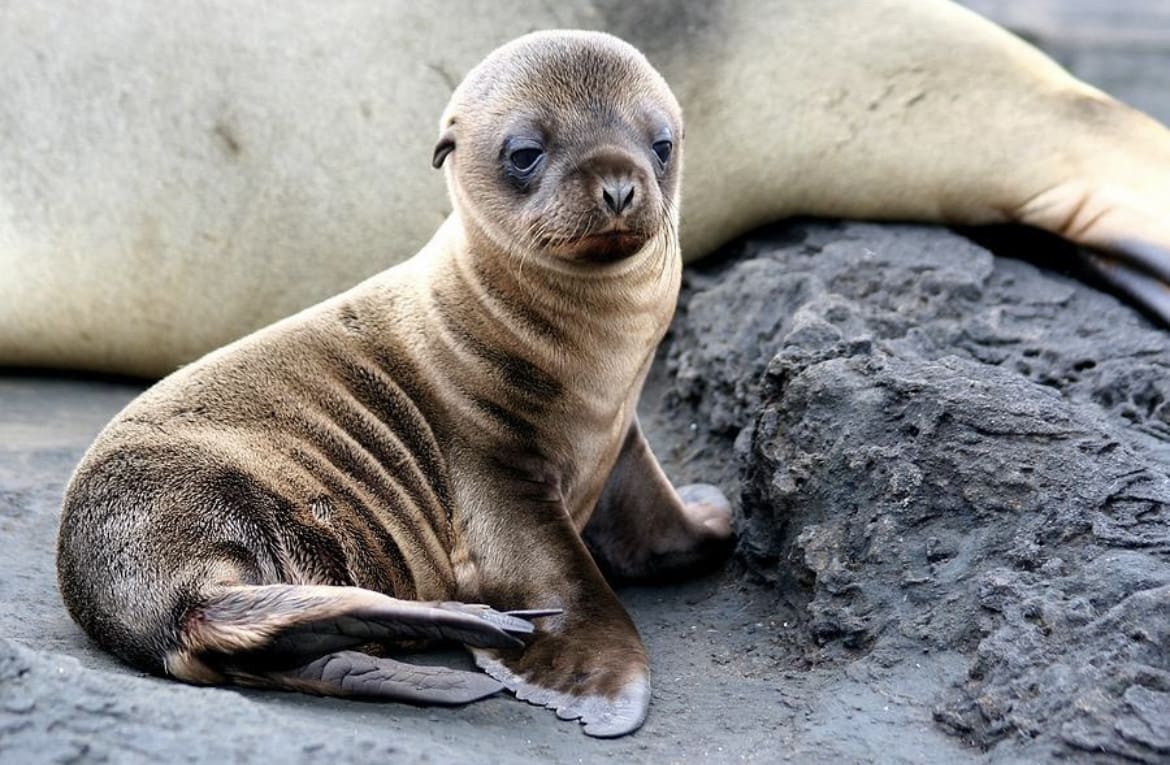[social_warfare]
Meet the sea lion, the ocean’s charismatic charmer that’s sure to steal your heart with its playful antics and undeniable intelligence. This isn’t just another marine mammal; sea lions are the life of the ocean party, and they’ve got personality in spades.
So, if you’re ready to get up close and personal with these aquatic acrobats, you’ve come to the right place.
What is the Sea Lion?
First off, let’s clear this up: sea lions are not seals. Though they’re both fin-footed and share a family reunion now and then, sea lions and seals are kind of like cousins twice removed. Sea lions belong to the family Otariidae, which literally means “earred ones,” thanks to those adorable external ear flaps that seals lack. These marine mammals are the social butterflies of the ocean, often found lounging on rocky shores or showing off with some seriously impressive leaps and dives in the water.
Sea lions are not just about good looks and flashy moves; they play a crucial role in marine ecosystems. With their keen hunting skills, they help maintain healthy fish populations, acting as a natural check that keeps the ocean’s food web in balance. Plus, their gregarious nature and complex social structures make them fascinating subjects for scientists and animal lovers alike.
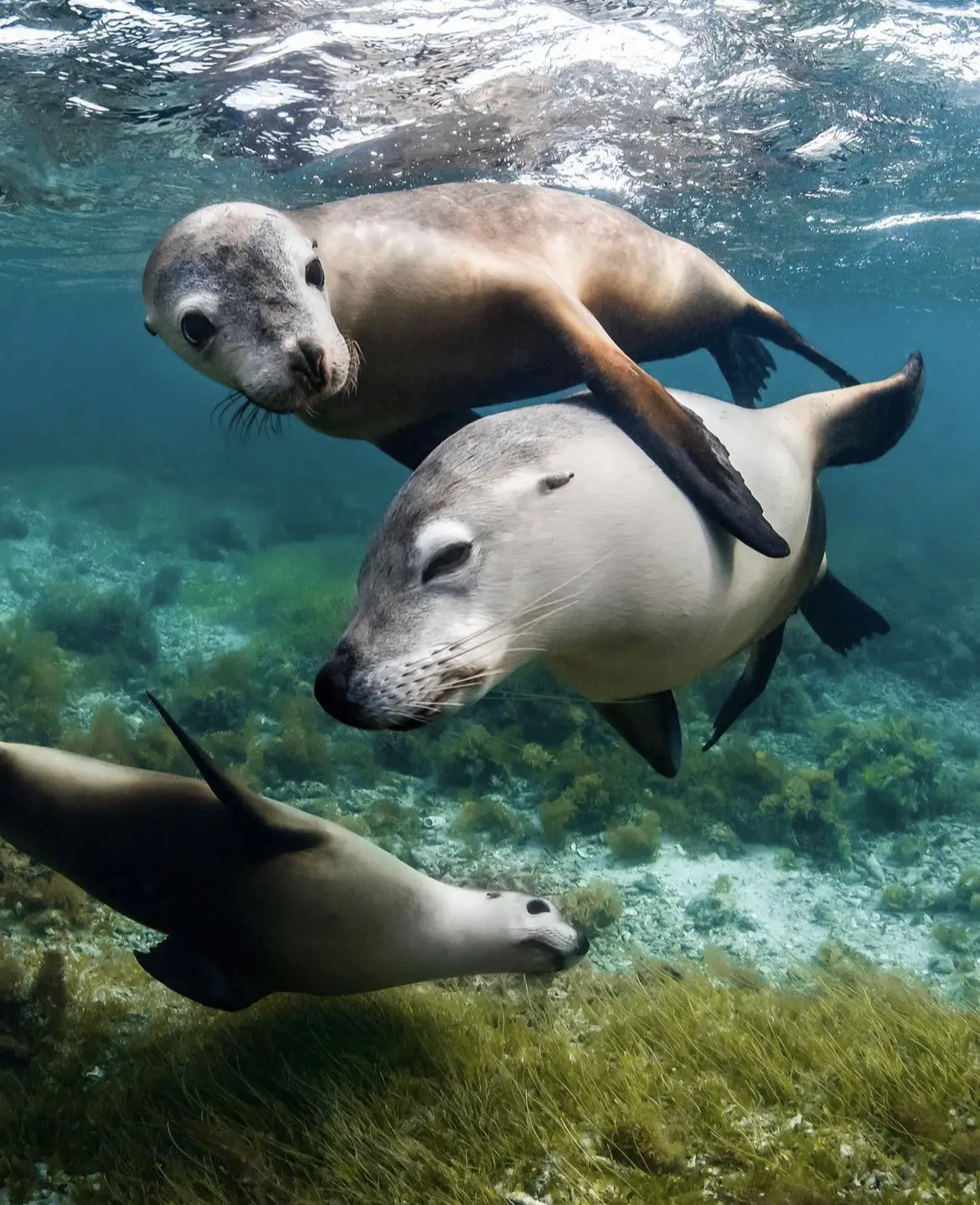
What Do Sea Lions Look Like?
Imagine the linebacker of the ocean world, but with a sleeker, more streamlined look. Sea lions are built for life in the water, with a torpedo-shaped body that cuts through the sea like a hot knife through butter. But it’s not all about speed; these creatures are also about agility. With large flippers that can rotate, they maneuver through the water with the grace of a ballet dancer and the precision of a gymnast.
Their faces? Picture the canine version of a marine mammal, complete with expressive eyes that seem to hold a mischievous glint. It’s those eyes, along with their whiskered snouts, that often draw comparisons to our furry friends on land. But make no mistake, sea lions have a look that’s all their own, complete with a set of sharp teeth for snagging their seafood dinners.
How Big Are Sea Lions?
Size-wise, sea lions are the kind of creatures that can range from “wow, that’s sizable” to “are you sure that’s not a small submarine?” On average, male sea lions tip the scales at a hefty 600 to 800 pounds, with some alpha males bulking up to a whopping 1,000 pounds or more. Females, on the flip side, are the more petite counterparts, weighing in at around 200 to 400 pounds. When it comes to length, males can stretch up to 7 feet, while females typically max out around 6 feet.
In the world of sea lions, size does matter. The larger males often dominate breeding territories, using their massive bulk as a billboard that says, “Back off, buddy, this beach is taken.” But regardless of size, all sea lions share a sleekness and strength that make them masters of their aquatic domain.
Sea Lion Skin
Ever wondered how sea lions keep their cool in the chilly ocean waters or bask comfortably under the blazing sun? It’s all thanks to their incredible skin. Far from your average fur coat, a sea lion’s skin is a marvel of natural engineering, designed to withstand the extremes of their watery world. Underneath that smooth, sleek exterior lies a thick layer of blubber that keeps them insulated against the cold, acting like a built-in wetsuit that’s always in vogue.
But that’s not all. Sea lions have a unique talent for thermoregulation. Their skin, along with their fur, plays a crucial role in keeping their body temperature just right, whether they’re diving deep into icy waters or chilling (literally) on sun-soaked rocks. And when it’s time to shed some heat? They simply send more blood to their flippers, turning these appendages into radiators that cool them down efficiently. Talk about having your climate control and wearing it too!
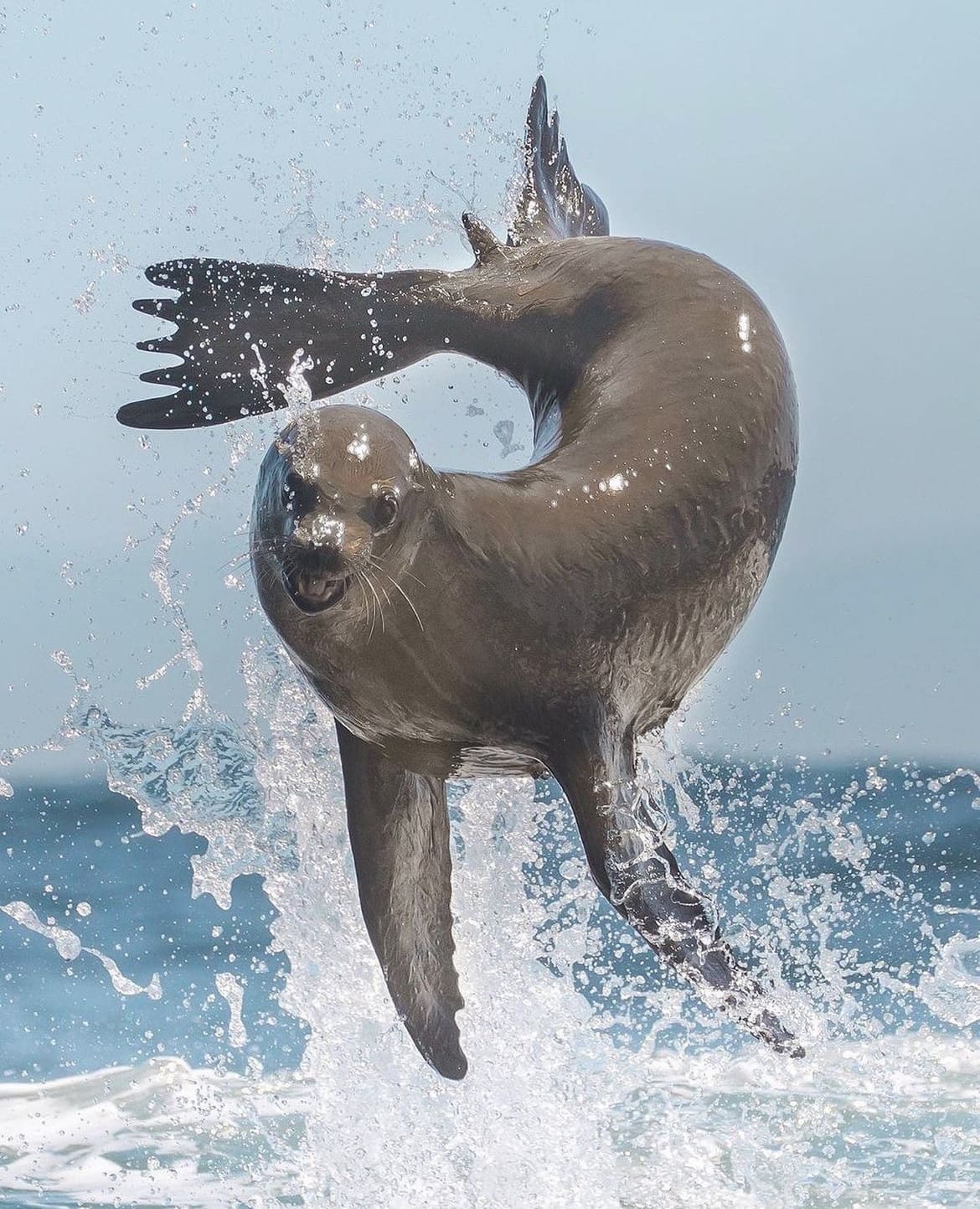
Sea Lion Teeth
When it comes to dining in the ocean, sea lions have the tools for the job. Their teeth are not just for smiling at awestruck onlookers; they’re precision instruments for catching and tearing apart their meals. Each tooth in a sea lion’s mouth is perfectly adapted to its diet and lifestyle. The sharp, pointed canines? Ideal for grabbing slippery fish and squid. The flat, back molars? They’re not for chewing but for cutting and ripping their prey into manageable, swallowable pieces.
Don’t be fooled by their playful demeanor; when it comes to mealtime, sea lions are all business. Their powerful jaws and keen hunting skills make them formidable predators, capable of diving deep and chasing down their dinner with surprising agility. So, the next time you see a sea lion flashing its teeth, remember: those pearly whites are the tools of a skilled ocean hunter.
Sea Lion Coloration
Dressed to impress, sea lions don’t just rely on their charming looks to make a splash. Their coloration plays a key role in their survival, blending form with function in the vast blue sea. Ranging from golden brown to a more somber chocolate hue, sea lions wear their colors like a suit of armor, camouflaging them against predators and prey alike.
Juvenile sea lions often sport a lighter, more playful shade, which gradually darkens as they mature. This changing wardrobe isn’t just about looking good; it’s about staying under the radar. Whether evading a hungry shark or sneaking up on a school of fish, their coloration helps sea lions maintain the element of surprise, proving that in the ocean, blending in means standing out.
What Do Sea Lions Eat?
Sea lions are not picky eaters, but they do have their favorites. Their diet is like the ocean’s all-you-can-eat buffet, featuring a wide variety of seafood. These guys munch on everything from fish to squid, and they’re not above scooping up a crustacean or two for a snack. Depending on where they live, their menu might feature local specialties like herring, anchovies, or salmon. It’s a seafood feast every day, and sea lions have VIP access.
What’s fascinating is not just what they eat, but how much. A grown sea lion can consume up to 5% of its body weight in a single day. For the big boys, that’s a lot of fish! This hearty appetite helps them maintain their energy levels and thick layer of blubber, crucial for insulation and buoyancy. So, when you see a sea lion lounging lazily on the shore, remember, it’s probably just digesting its latest gourmet meal.

How Do Sea Lions Hunt?
Sea lions are the ninjas of the sea when it comes to hunting. Stealthy, agile, and incredibly intelligent, they’ve got skills that would make any predator envious. First off, they’re social hunters, often teaming up to herd fish into tight balls for easy pickings. It’s like corralling their dinner into a convenient, all-you-can-eat package.
Their hunting tactics are a testament to their intelligence. Sea lions can dive deep, reaching depths of over 600 feet in search of food, holding their breath for up to 10 minutes at a time. But they’re not just about brute force. They use their sensitive whiskers to detect the slightest movements in the water, allowing them to pinpoint prey with precision in the murkiest depths. And when they find what they’re looking for? They can burst into action, propelling themselves at speeds up to 25 mph to snatch up their dinner before it knows what hit it.
Sea Lion Social Structure
If sea lions had a social media status, it would definitely be “It’s complicated.” These creatures are incredibly social, living in large colonies that can number in the thousands. Within these groups, there’s a clear hierarchy, with dominant males ruling the roost (or rock, as the case may be). During breeding season, these alpha males work hard to defend their territory and harems, often resorting to loud barks and physical displays of strength.
But it’s not all about machismo and territory. Sea lions have a softer side, especially when it comes to raising their young. Pups are born into a nurturing environment, where they’re protected and taught the ropes of sea lion life. And while they may not be the poster children for monogamy, sea lion mothers are fiercely devoted to their offspring, caring for them for up to a year.
Socially, sea lions are like the life of the party, known for their playful nature and curious interactions with both their own kind and humans. They communicate through a series of barks, grunts, and roars, a language that reinforces bonds within the group and wards off rivals. Whether they’re sunbathing in a sprawling group or twisting through the water in synchronized swarms, sea lions show us that life is better together.
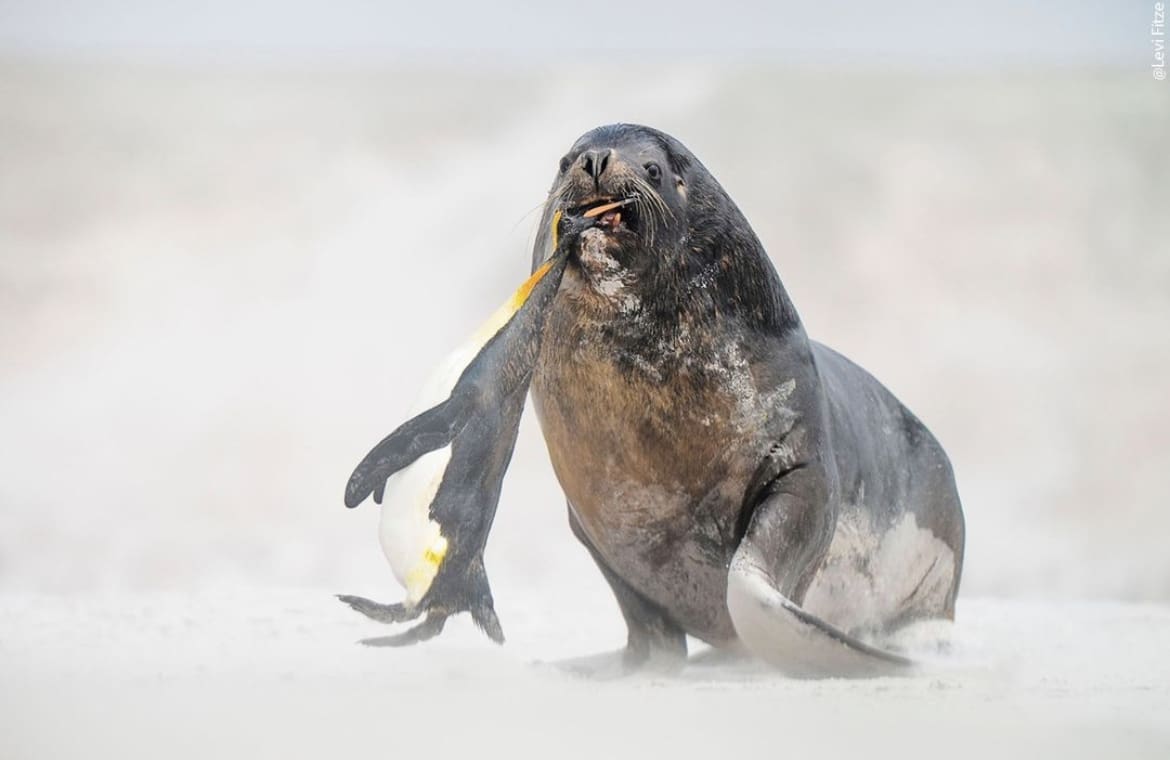
Are Sea Lions Territorial?
Absolutely, sea lions are territorial creatures, especially the males during breeding season. This is when you’ll see the beachside turn into prime real estate, with males staking claim to the best spots to attract females. These territories are fiercely defended against rival males, leading to some pretty intense showdowns. Outside of breeding season, though, sea lions are more communal and less concerned with personal space, often seen piled up on each other while resting on the shores or rocks.
This territorial behavior is crucial for their mating strategy, ensuring that the strongest and most fit males get to pass on their genes. It’s a rough-and-tumble life, but it’s all part of nature’s way of ensuring the survival of the fittest.
How Fast Are Sea Lions?
When it comes to speed, sea lions are the Ferraris of the ocean world. In the water, they’re incredibly agile and can reach speeds up to 25 mph (40 km/h). This speed is essential for hunting and evading predators, showcasing their prowess as both predator and prey. Their streamlined bodies, powerful flippers, and agile movements allow them to twist, turn, and accelerate with ease, making them masterful swimmers.
This speed also plays a role in their social interactions and mating rituals. Fast swimming can impress potential mates and intimidate rivals. Whether they’re chasing down a tasty fish or racing through the waves for the sheer joy of it, sea lions’ speed is a testament to their adaptability and skill in their aquatic environment.
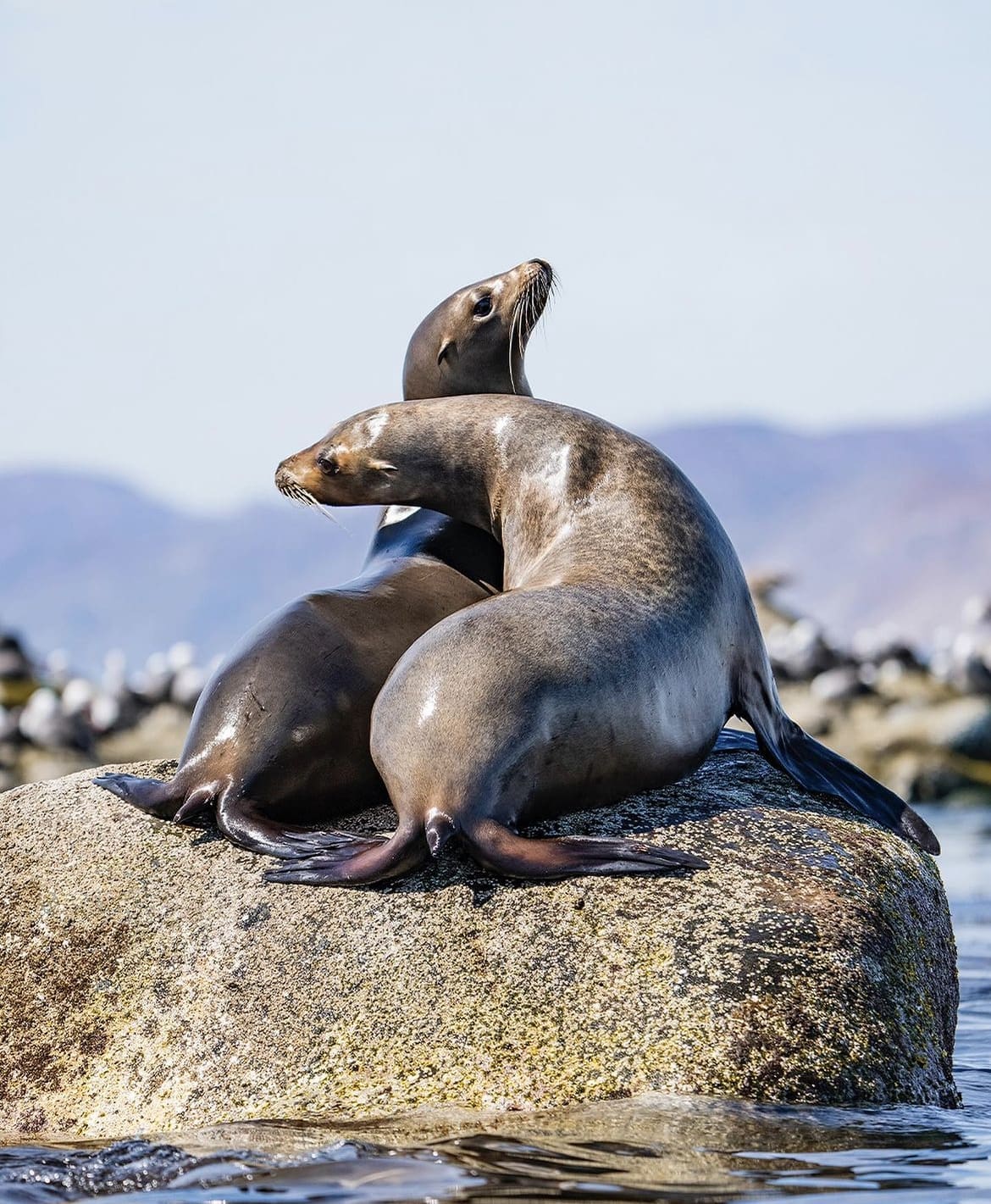
Where Do Sea Lions Live?
Sea lions are globe-trotters of the marine world, with species found from subarctic to tropical waters. However, they’re most commonly associated with the Pacific Ocean, where they’re often spotted lounging on coastal beaches, rocky coves, and islands. From the cold shores of Alaska to the warmer waters of California and down to the southern tip of South America, sea lions make their homes in a variety of settings.
Their habitats are chosen for their abundance of food and suitable breeding sites. Proximity to the ocean is, of course, a must, as is access to land for resting, breeding, and raising their pups. Some species, like the Galápagos sea lion, are adapted to life on the equatorial islands, showcasing the incredible adaptability of these creatures to various environmental conditions.
How Many Sea Lions Are There in the Wild?
Estimating the exact number of sea lions in the wild is a challenging task due to their vast range and the remote locations of some of their habitats. However, conservation efforts and research programs around the world work tirelessly to monitor sea lion populations. These studies help in assessing the health of their populations and the effectiveness of conservation measures.
Sea lion species vary widely in population size. For example, the California sea lion, one of the most well-known and observed species, numbers in the hundreds of thousands, with a stable and even increasing population in some areas. In contrast, other species, like the Galápagos sea lion or the Australian sea lion, have much smaller populations and are considered to be at greater risk.
Are Sea Lions Endangered?
The conservation status of sea lions varies significantly across different species. While some populations are thriving, others are under threat from a variety of human and environmental pressures. The International Union for Conservation of Nature (IUCN) lists several species with varying degrees of concern. For instance, the Steller sea lion has seen populations in certain areas decline sharply, leading to protection under the Endangered Species Act in the United States for those populations.
The threats to sea lion populations are multifaceted, including overfishing, which reduces their food sources; entanglement in fishing gear; pollution; and habitat degradation. Climate change also poses a significant threat, impacting the availability of their prey and altering their habitats. Conservation efforts, such as protected areas, regulations on fishing practices, and pollution control measures, are critical in addressing these threats and ensuring the survival of sea lion species.
Threats to Sea Lions in the Wild
Sea lions face numerous threats in their natural environments, many of which are exacerbated by human activities. One of the most significant threats is from fisheries, both through competition for fish, leading to food scarcity, and the danger of entanglement in fishing nets and gear, which can cause injury or death. Pollution, particularly plastic waste and chemical contaminants, affects sea lions’ health, leading to diseases and sometimes fatal outcomes.
Climate change is another critical threat, altering the ecosystems that sea lions depend on for food and shelter. Rising ocean temperatures and shifting ocean currents can affect the distribution of fish populations, making it harder for sea lions to find food. Additionally, extreme weather events and rising sea levels can destroy crucial breeding sites.
Where to See Sea Lions in the Wild
Sea lions grace many of the world’s coastlines, providing ample opportunities for wildlife enthusiasts to observe them in their natural habitat. Here are some top spots where you can witness the beauty and behaviors of sea lions up close:
- The Galápagos Islands, Ecuador: Home to the endemic Galápagos sea lion, these islands offer unique opportunities to see sea lions in a pristine environment.
- The California Coast, USA: From the Channel Islands to San Francisco’s Pier 39, California sea lions are a common and delightful sight.
- The South Island, New Zealand: Here, you can find the New Zealand sea lion, one of the rarest sea lion species, on the rugged coasts and sandy beaches.
- Southern Australia: The Australian sea lion, found nowhere else in the world, lounges on the beaches and islands along the southern Australian coast.
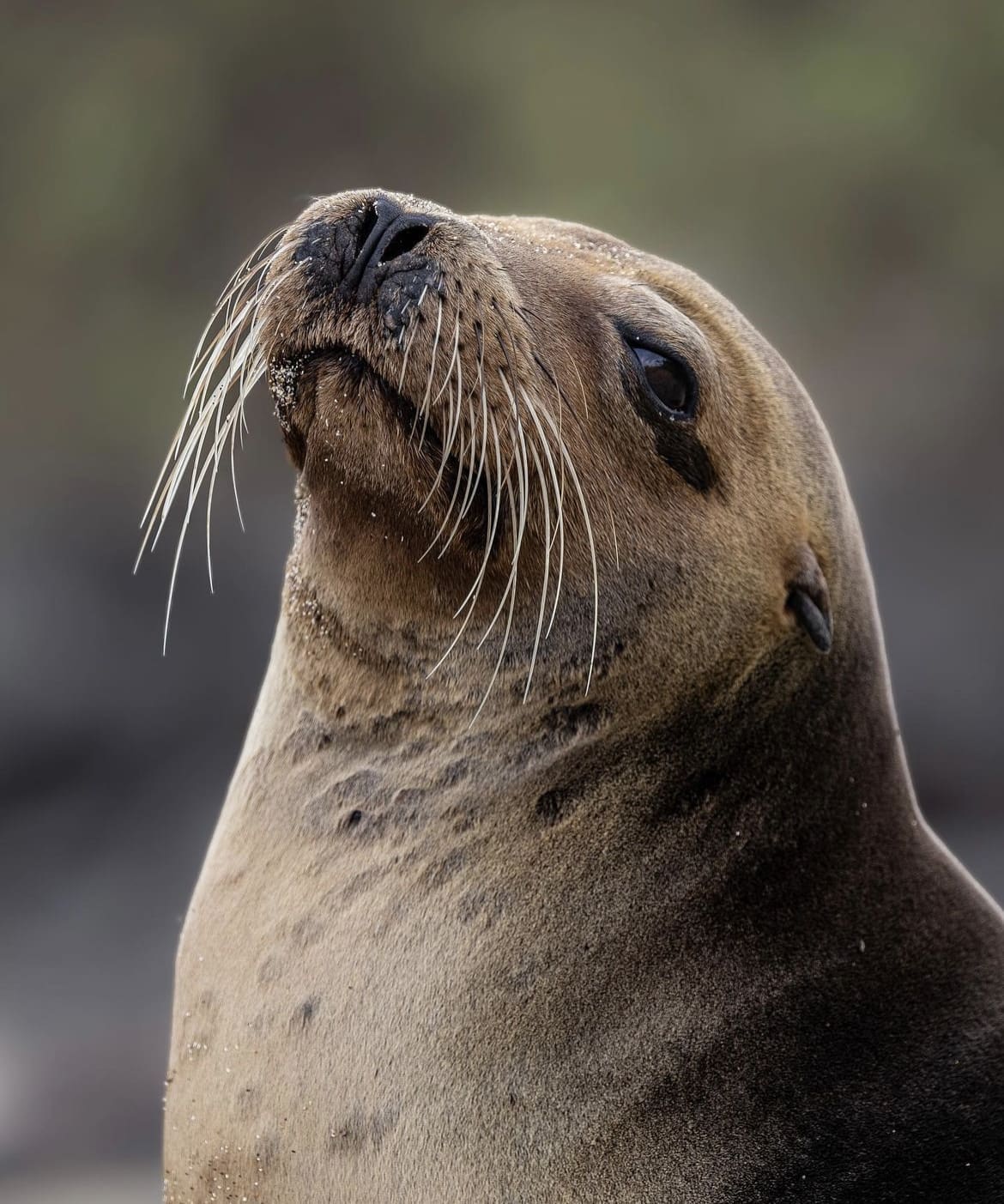
Tips for Spotting Sea Lions
When setting out to observe sea lions, keep the following tips in mind to ensure a safe and respectful experience:
- Maintain a Respectful Distance: Always give sea lions plenty of space. Disturbing them can stress the animals and disrupt their natural behaviors.
- Use Binoculars or Zoom Lenses: To get a closer look without getting too close, rely on binoculars or a camera with a zoom lens.
- Observe Quietly: Loud noises can frighten sea lions. Observe in silence to see their natural behaviors.
- Never Feed Wild Sea Lions: Feeding alters their natural hunting behaviors and can make them reliant on human-provided food.
- Visit During Non-Breeding Season: While sea lions can be observed year-round, visiting outside the breeding season can minimize disturbance to these animals during this critical time.
Facts about The Sea Lion
- Superb Swimmers: Sea lions can dive up to 600 feet (about 183 meters) deep and hold their breath for up to 10 minutes, thanks to their physiologically adapted blood cells that store extra oxygen.
- Vocal Virtuosos: They are known for their loud barking. Each sea lion has a unique bark, which helps them recognize each other and communicate within their colonies.
- Social Creatures: Sea lions are highly social animals, forming large groups onshore for resting and breeding. These groups can consist of hundreds to thousands of individuals.
- Dexterous Flippers: Their flippers are highly adaptable; they can rotate them to walk on land. Sea lions use their front flippers to propel through water, enabling their agile swimming.
- Intelligent Beings: Demonstrating high intelligence, sea lions have been trained to perform complex tasks, including participation in rescue operations and military programs.
- Migration Mysteries: Some sea lion species migrate over vast ocean distances, showcasing remarkable navigational skills, though not all species are migratory.
- Distinctive Diets: While primarily fish and squid eaters, their diet can vary greatly depending on their habitat, with some adapting to consume octopus and other available seafood.
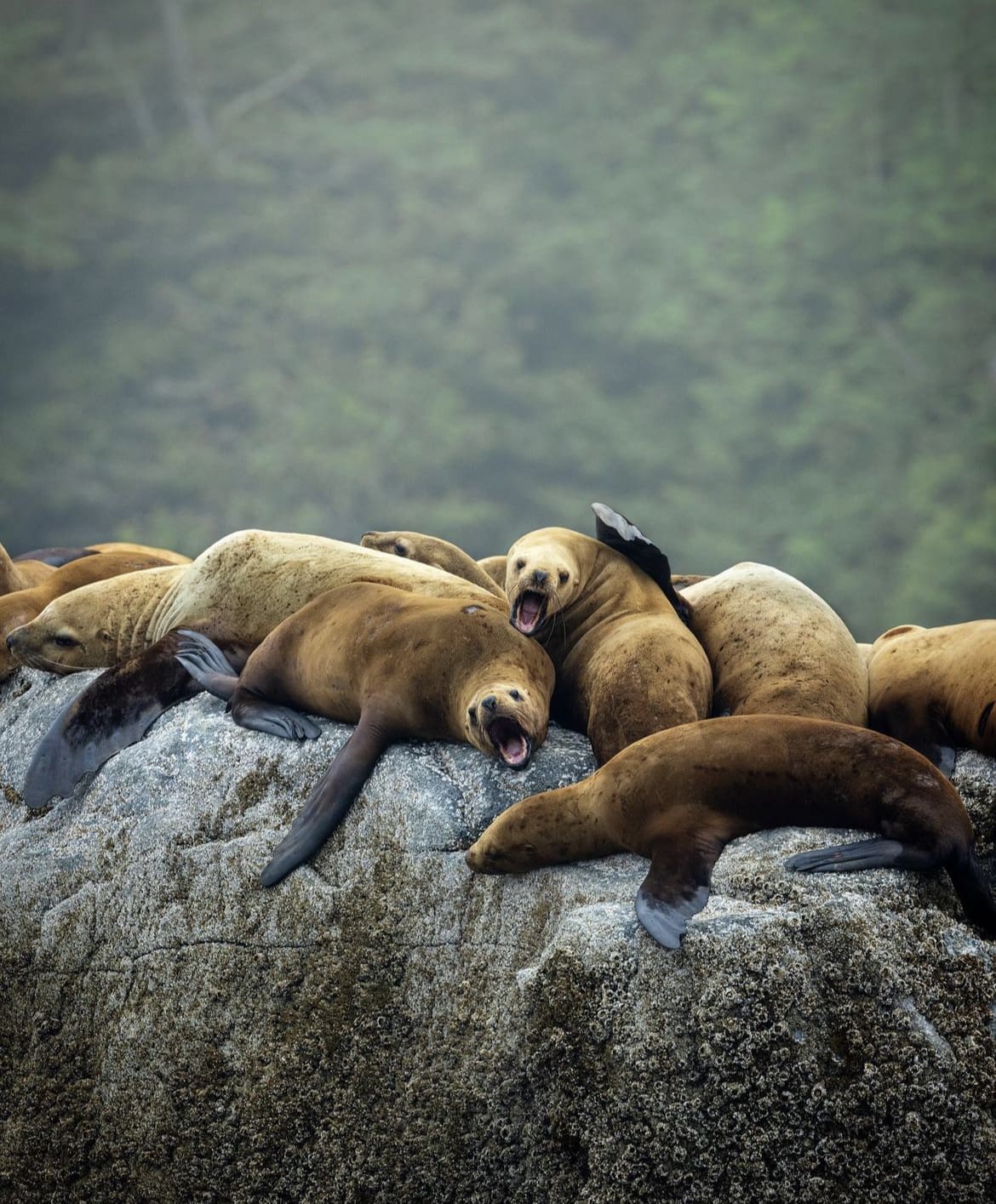
Myths about The Sea Lion
- Myth: Sea Lions and Seals are the Same: Despite common misconceptions, sea lions and seals are distinct species. Sea lions have external ear flaps and larger, rotatable front flippers, which seals lack.
- Myth: Sea Lions Are Only Found in Warm Climates: Sea lions inhabit a range of environments from subarctic to tropical waters. Their thick blubber and fur allow them to regulate their body temperature and survive in various climates.
- Myth: Sea Lions are Mostly Silent Creatures: Contrary to the belief that marine animals are mostly silent, sea lions are quite vocal. They use barks and calls for communication within their social groups.
- Myth: Sea Lions Are Primarily Solitary Animals: In reality, sea lions are highly social and form complex social structures within their colonies. They are often seen resting closely together on shores and floating in groups in the water.
- Myth: Sea Lions Eat Anything They Come Across: While adaptable, sea lions have specific dietary preferences and hunting techniques. They primarily consume fish and squid, carefully selecting their prey based on availability and nutritional value.
By separating fact from fiction and highlighting the remarkable aspects of sea lion life, we gain a deeper appreciation for these intelligent, sociable, and incredibly adaptive marine mammals.
Their existence enriches our oceans, and understanding their true nature is a step towards better conservation and appreciation of marine biodiversity.

